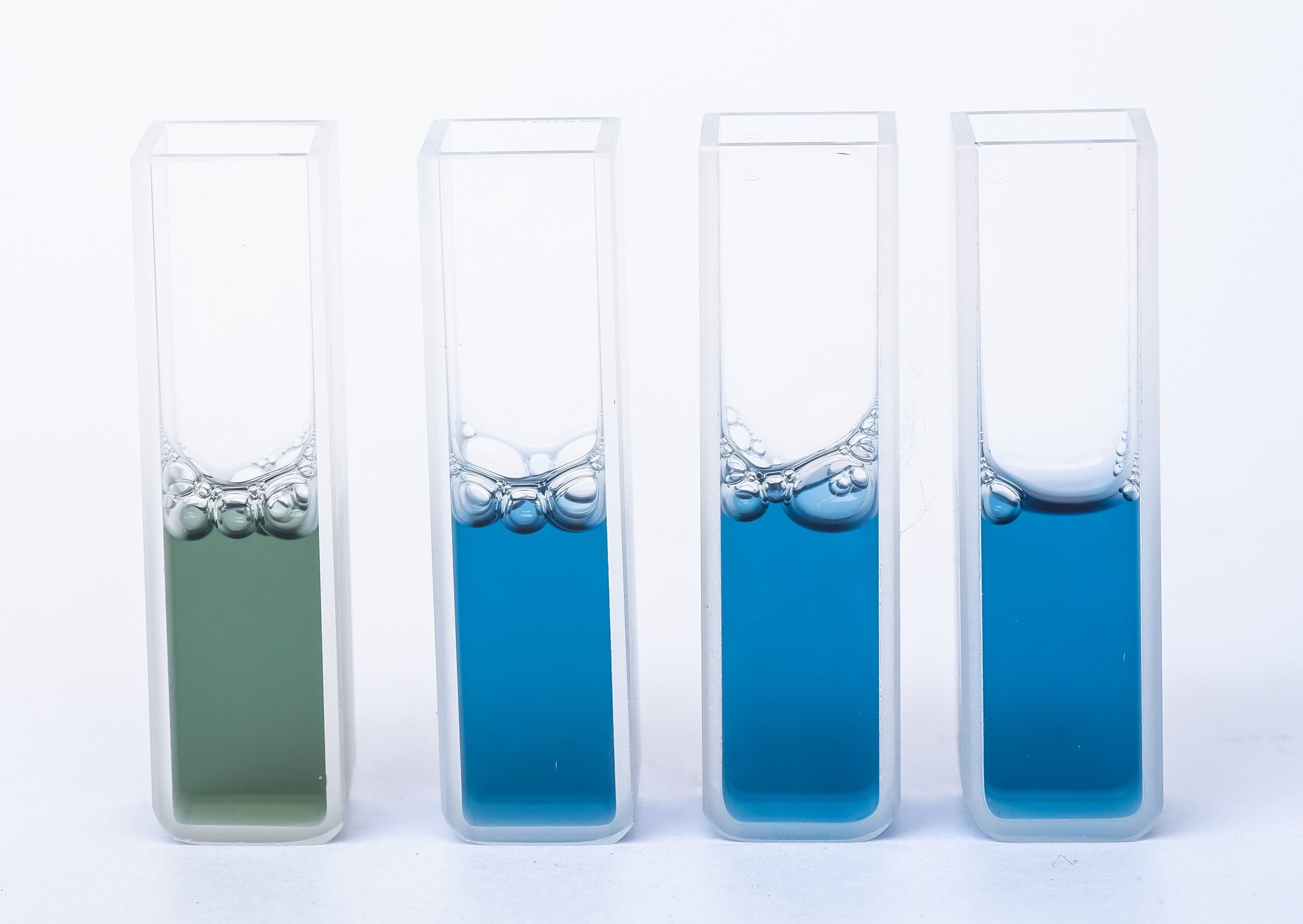Options for Measuring the Concentration of Protein Samples
Recently we discovered that one of the biggest hits on our website was for our protocol on “Determining Protein Concentration by UV” which is obviously satisfying and we are glad that they are proving to be useful.
We are still working to increase the number of protocols that we have on offer and have just written two more on the theme of methods to determine the concentration of protein samples.
“Determining protein concentration by amino acid analysis” and
“Other protein concentration assays”
Please do let us know if you find these and our other protocols useful and anything else would you like to see up there? Send us an email to info@peakproteins.com
What is the best way to measure the concentration of a protein sample?
In brief, measuring the absorbance of a sample at 280nm is by far the easiest and most common method. However, the method does have some limitations. It is best for pure samples where the mass extinction coefficient is known or can be calculated from the amino acid sequence. Mixtures of proteins may well give an inaccurate reading and there can be interference from other chromophores, which includes nucleic acids that have significant absorption at 280nm.
Using a colorimetric assay, is also relatively simple and these methods are better for impure samples or where the mass extinction coefficient is unknown. Generating a calibration curve against a reference standard (ideally the target protein) of known concentration improves the accuracy. Care has to be taken that any buffer components do not interfere with the dye or absorbance and details of these are found in the protocol.
Amino Acid Analysis (AAA) is considered by many to be the “Gold standard” for determining the concentration of a protein sample. This method does however have certain drawbacks. It is only accurate for samples with >95% purity, requires specialist equipment and takes a relatively long time to perform. Often it is used to determine an experimental conversion factor for an initial reference standard sample that can then be used for subsequent UV 280nm and/or colorimetric assays.


